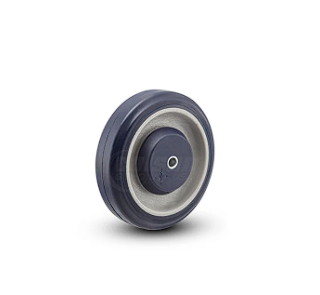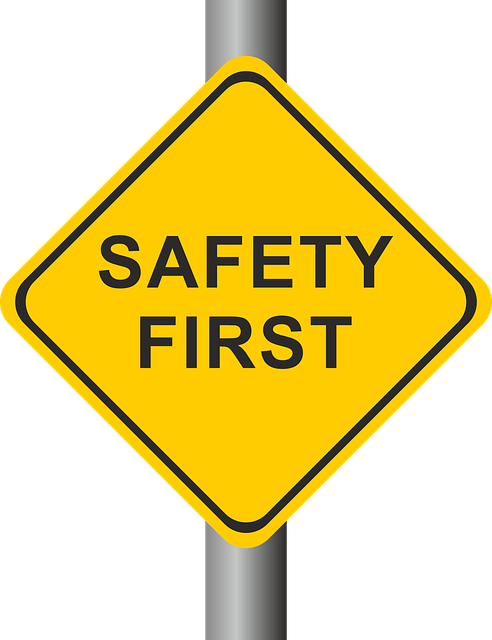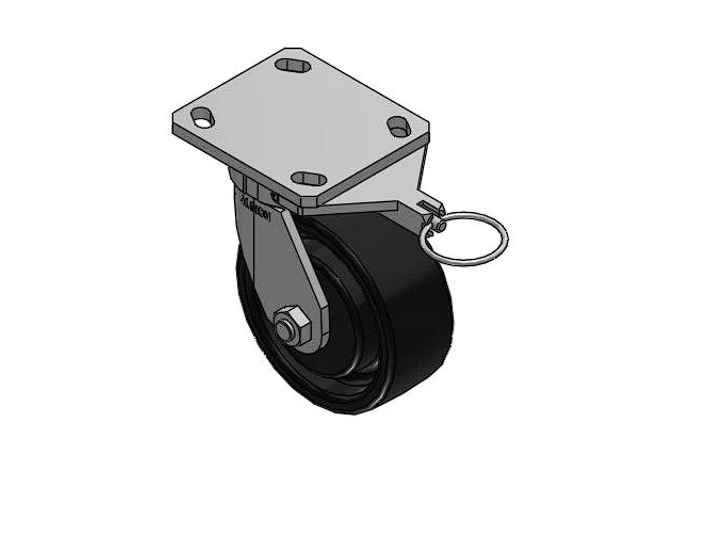
The Importance of Caster Toe Guards in Industrial Mobility
The Importance of Caster Toe Guards in Industrial Mobility
Do you frequently use casters in the workplace? Workers or visitors frequently complain about avoidable injuries, including those annoying and painful stubbed toes when people trip over or collide with a piece of equipment. Aside from putting high-quality caster wheels on equipment so that you can easily roll it out of the way, why not install caster toe guards and solve the potential injury problem entirely?
The caster wheel experts from Caster Central explain more below, including how to choose the best toe guards for your particular setup.

Everything You Need To Know About Caster Toe Guards
If you've never thought about using casters with toe guards, you may be missing out on several benefits that this nifty attachment offers. Read on for all you need to know about toe guards on casters and how you could benefit from installing them.
What Is a Toe Guard?
A caster toe guard is just what it sounds like—the attachment forms a protective barrier around the caster to protect feet and toes. You can opt to include a toe guard when you create your custom caster. However, if you're only now realizing the benefits, applying them retroactively is easy.
In general, the toe guard looks like a piece of metal surrounding the wheel. It sits half an inch off the ground.

The Primary Benefits of Using Toe Guards on Casters
Why should you use toe guards on all your casters?
Fewer Injuries
The biggest advantage of adding toe guards to your casters is the subsequent reduction in injuries. The fittings work particularly well for industries where employees frequently move or supervise heavy loads or transport weighty materials.
Does moving loads require a high push-pull force as part of your daily operation? You'll see fewer injuries happening by using casters with toe guards.
Longer Caster Life
Does your workplace have uneven floors or obstacles for casters? Do you frequently replace casters because of impact damage? It pays to use the right type of toe guard if you want to increase the life expectancy of each caster.
Toe guards are also more affordable than caster wheels. When you choose a soft material like plastic or nylon, the guard can absorb the hit without experiencing damage. That way, you'll also replace the caster wheel less often.

Easy Maintenance
Toe guards for casters are virtually maintenance-free. Just wipe them down to avoid rust or debris buildup, and they'll last.
As many types of caster guards are easily removable, they also make cleaning and lubricating caster wheels a breeze.
Saving Money
Workers' compensation claims and caster wheel replacements eat into your bottom line. You'll find that toe guards for your casters provide an affordable solution.
While you'll pay upfront to buy the guards, they'll save you money over time.
Four Types of Toe Guards and Accessories for Casters
Are you looking to optimize how you use caster toe guards? You have a few different options and accessories to make the guards even more effective.
Brush Guards
Add a brush to the bottom of your toe guard to clear debris that would otherwise jam or corrode the wheel fittings. While this won't necessarily decrease injuries, it can significantly extend the life of your caster wheels.
Brush guards work best for wheels crafted of harder materials.
Demountable
It's simplest to install the toe guard as the manufacturer creates your casters, especially with steel versions. However, you can also retrofit toe guards or add a demountable model to an existing caster.
You'll need to know the wheel's specifications, tread, and dimensions.

Swivel Locks
Installing a simple swivel lock on your caster wheel increases its safety, flexibility, and ergonomics. The lock fixes the wheel into a rigid position, preventing it from turning.
The lock works well for heavy loads over a long distance. However, if an employee must turn the load frequently, a lock might hinder the process.
Wheel Brakes
If you frequently transport heavy loads, wheel brakes are an essential safety measure. For heavier loads, your employees can't always rely on brute strength to stop the momentum.
A wheel brake gives your workers a more reliable way to stop or slow a cart, which also prevents injuries and accidents.
What To Consider When Choosing a Toe Guard for Your Caster Wheel
With so many options for toe guards and accessories for casters, how do you choose the best one? Here are a few considerations:
Load Weight
How heavy are the loads your casters are handling? If you exclusively transport light loads, you might not need toe guards, as your workers can probably easily control the casters. However, if you move a mixture of light and heavy materials, installing toe guards on the carts for heavy loads can provide many benefits (without a significant investment!).
If you want to ensure you reduce injuries and protect your casters, or if you deal predominantly with heavy loads, consider installing caster toe guards across the board. This decision removes the human variable of choosing the right caster for the load. It also gives management peace of mind that every worker has the same level of protection in the workplace.

Injury Frequency
How frequently does your workforce experience injuries from caster-related incidents? The Bureau of Labor and Statistics reports three occupations with significantly higher rates of injury, recording over 400 injuries per 10,000 workers in freight, material movers, and stockers. The same report puts the average rate of injury nationwide at 230 injuries per 10,000 full-time workers.
Is your workplace above the average? You may be able to significantly reduce these incidents through the simple solution of installing toe guards on your caster wheels.

Floor Type
The type of floor in your workplace should determine the height at which you set a caster guard. While standard procedure designates a half-inch as the ideal offset, you might increase the height of your caster's toe guard in any of the following situations:
-
Ramps: If your facility has a lot of ramps, traditional toe guards might catch or prevent efficient movement. Consider raising the toe guard or tapering it.
-
Rough floors: If you have uneven floors, such as those with many divets or small raised areas, a low toe guard can catch on obstacles and hinder your mobility. Raising the guard will help.
-
Large expansion joints: If your floor has larger than normal expansion joints, a lower toe guard height can catch on them and potentially damage the floor. Raising the toe guard as little as a couple of millimeters can help you avoid this complication.
-
Outdoor use: If you use your casters outdoors, you'll have to navigate grass, rocks, and other obstacles that your toe guard could catch on. In addition to raising the guard height, consider a brush guard to further protect your caster from debris.
-
Employee footwear: If you require your employees to wear steel-toed boots, you can raise your toe guard to an inch without issue. However, if some of your workers wear less protective shoes, raising the guard above the standard half-inch could pose more problems.
Protect Your Casters—Get Quality Toe Guards From Caster Central
If you're looking for the best caster toe guards and mobility solutions, check out the inventory at Caster Central. From several types of accessories to rack casters for storage solutions, we're the one-stop shop for everything caster-related.
Would you like to know more about maximizing your investment in casters by keeping them in good shape for longer? Speak to Caster Central's knowledgeable professionals at (800) 445-4082 today!